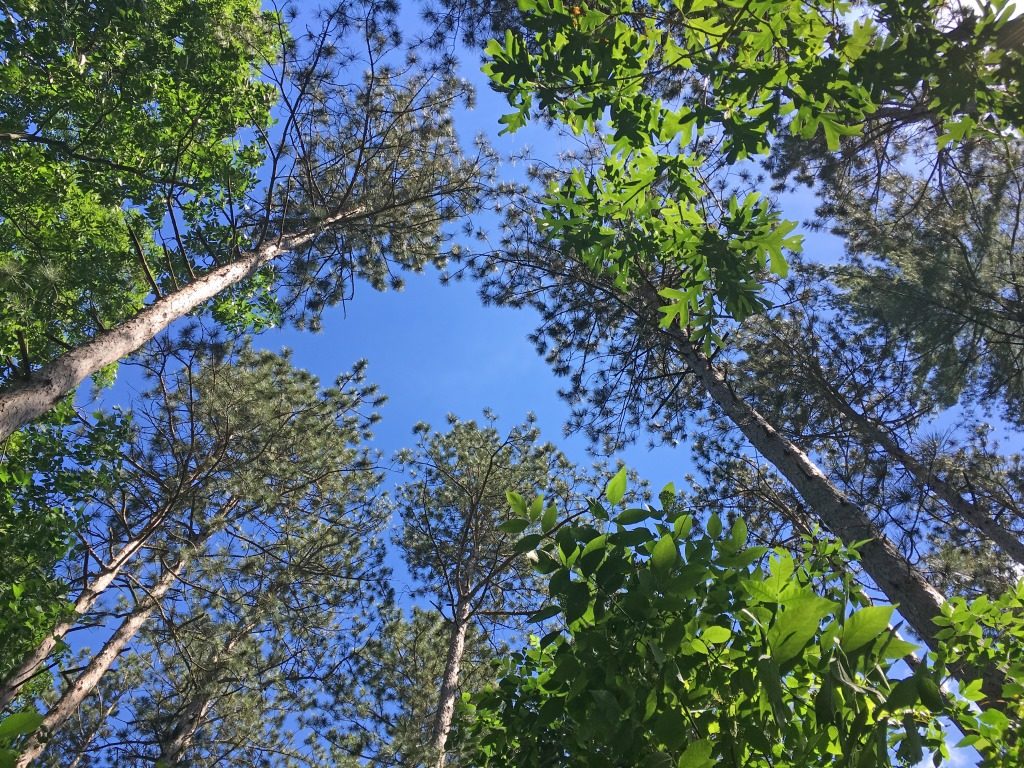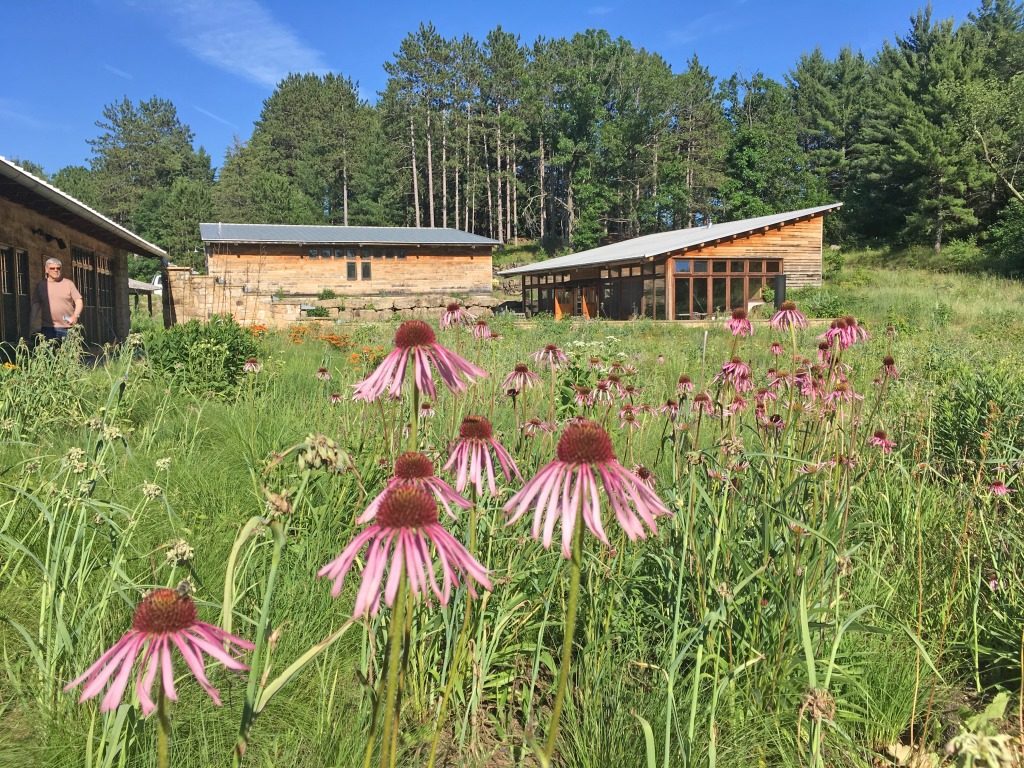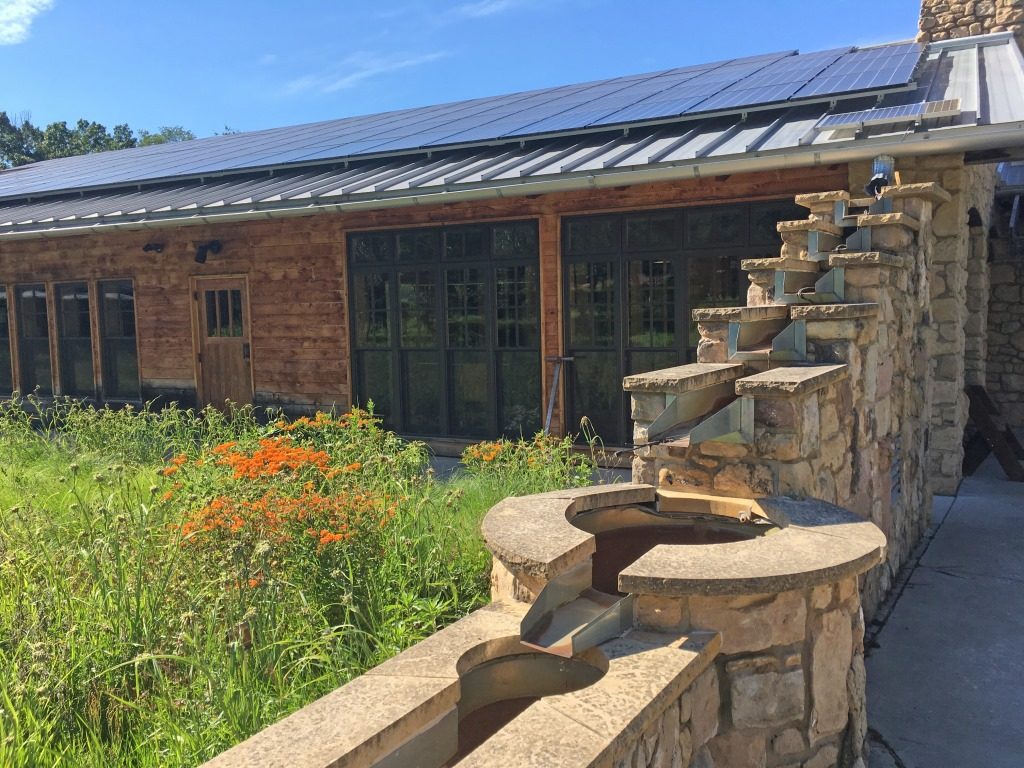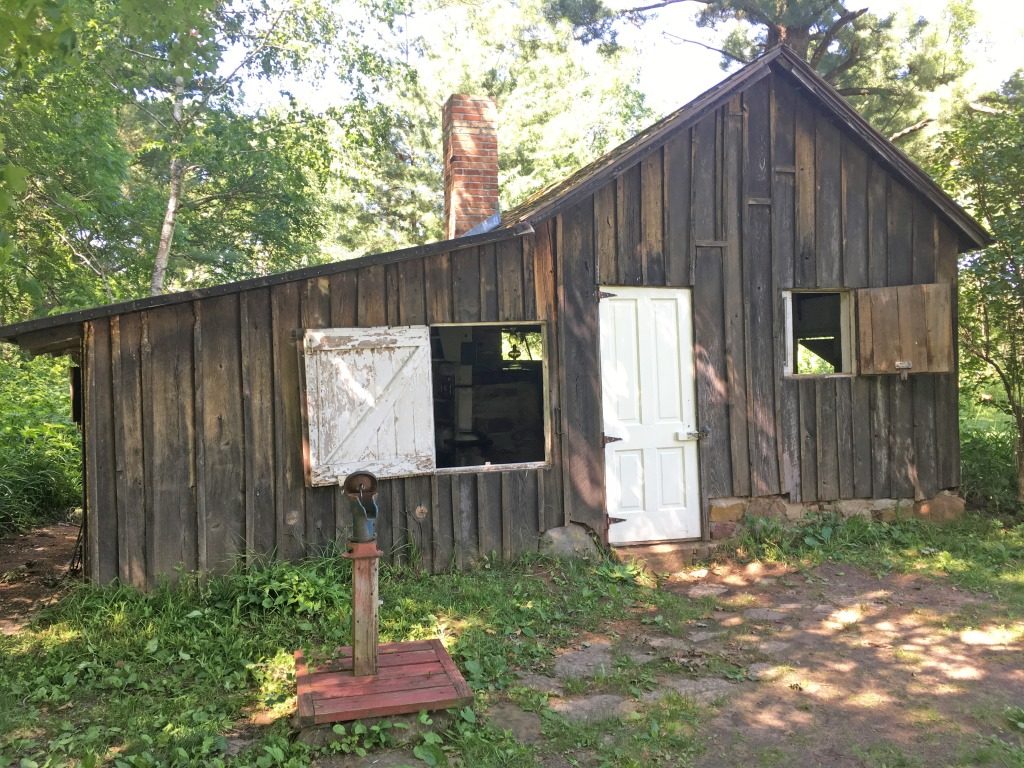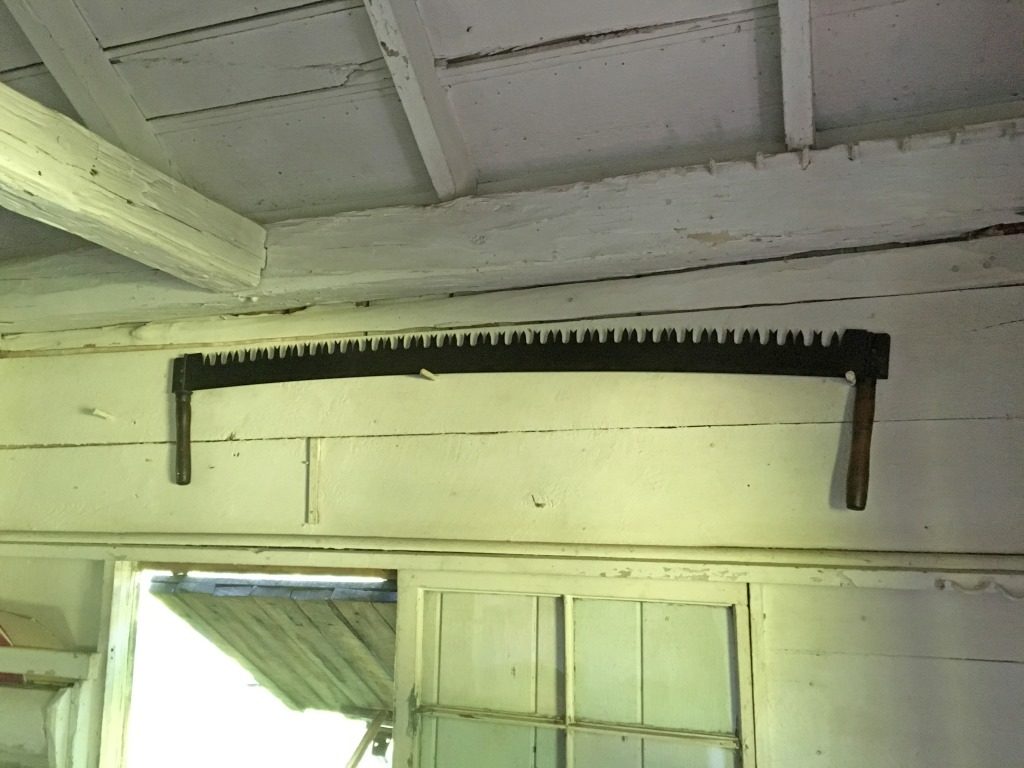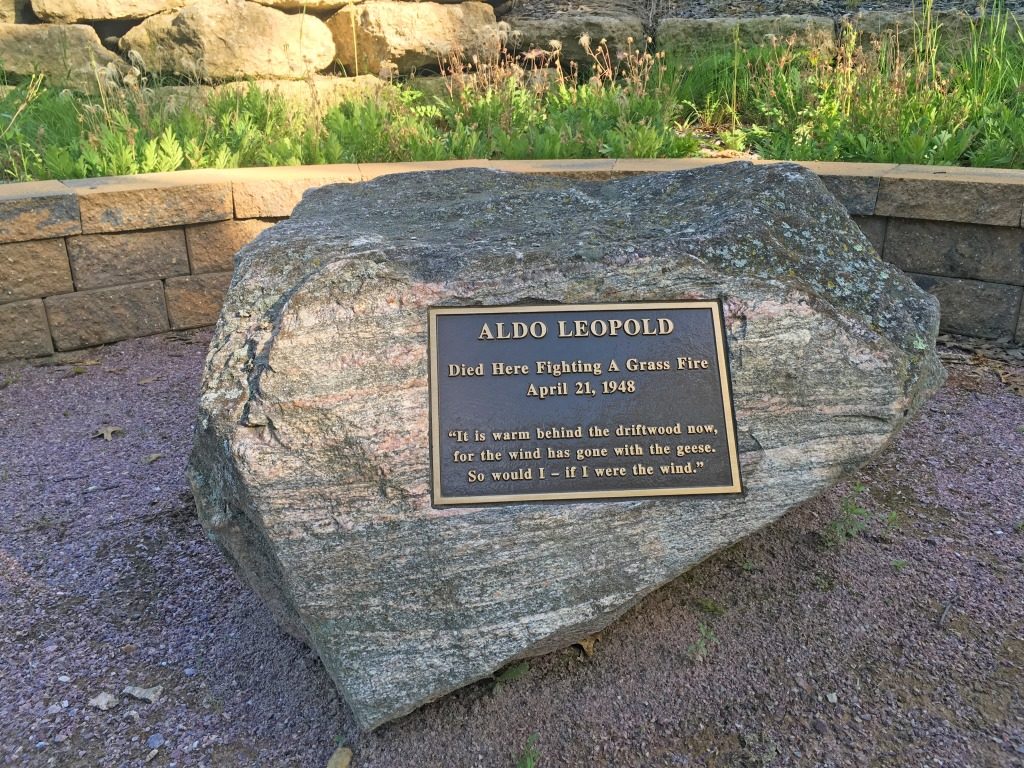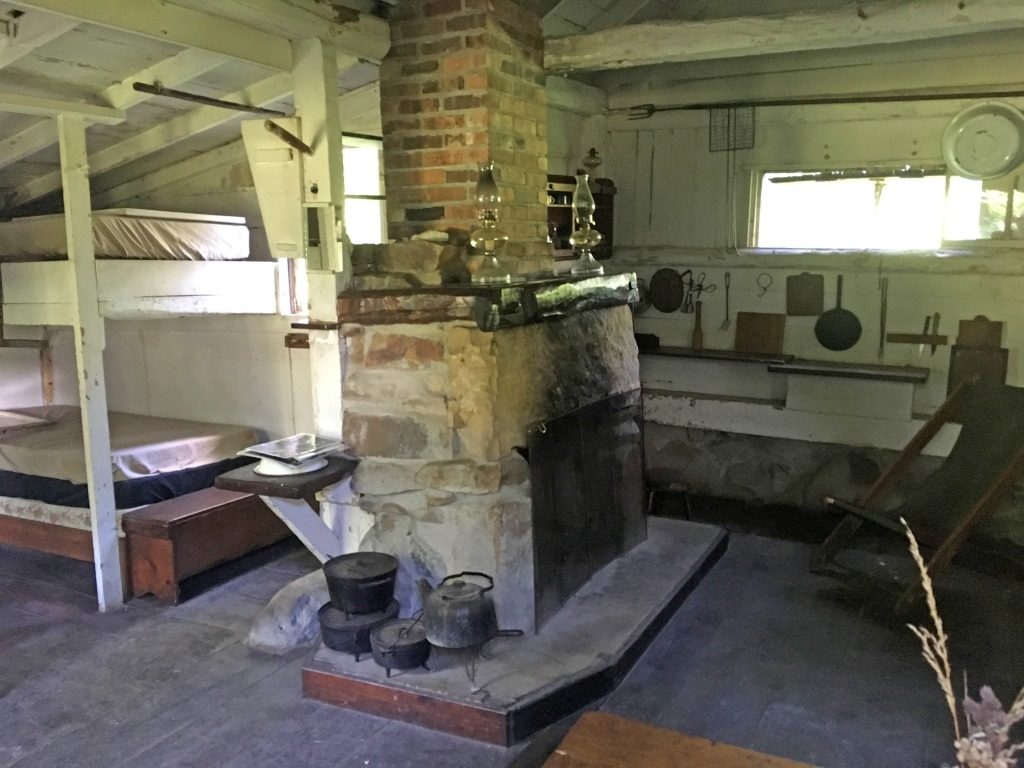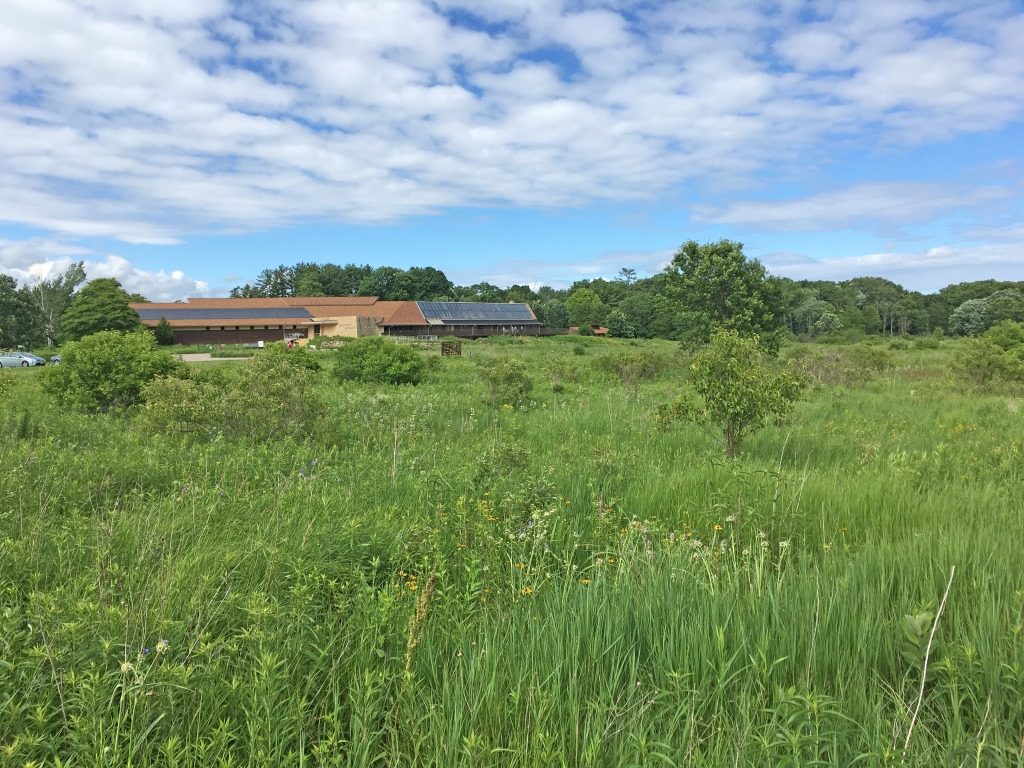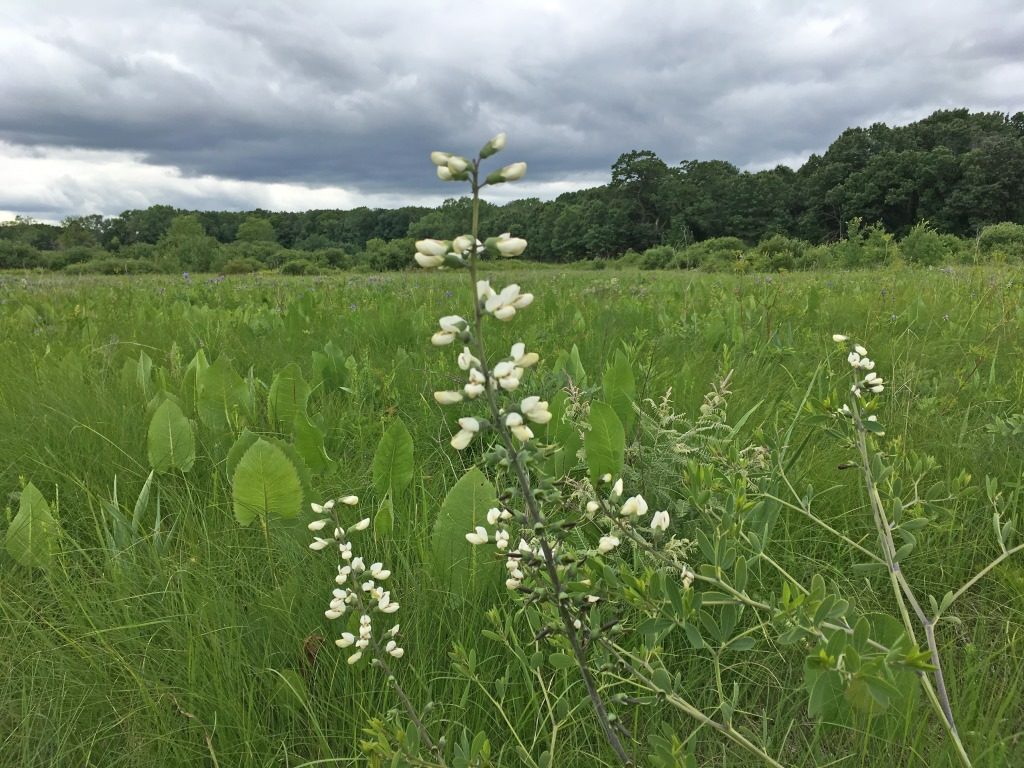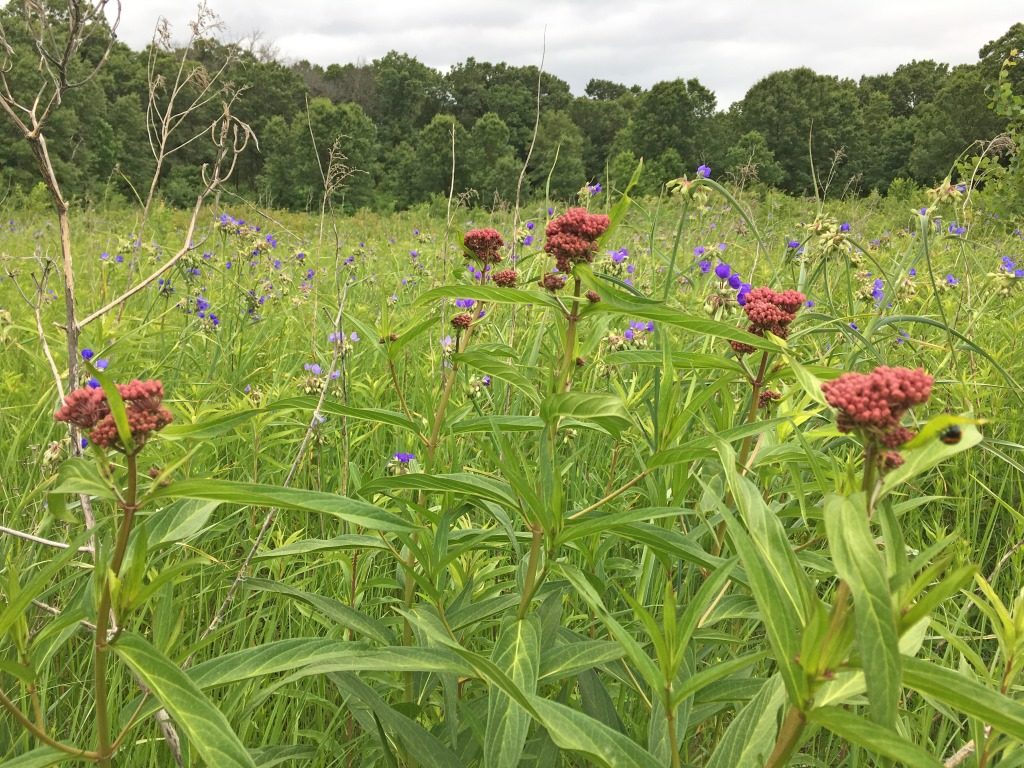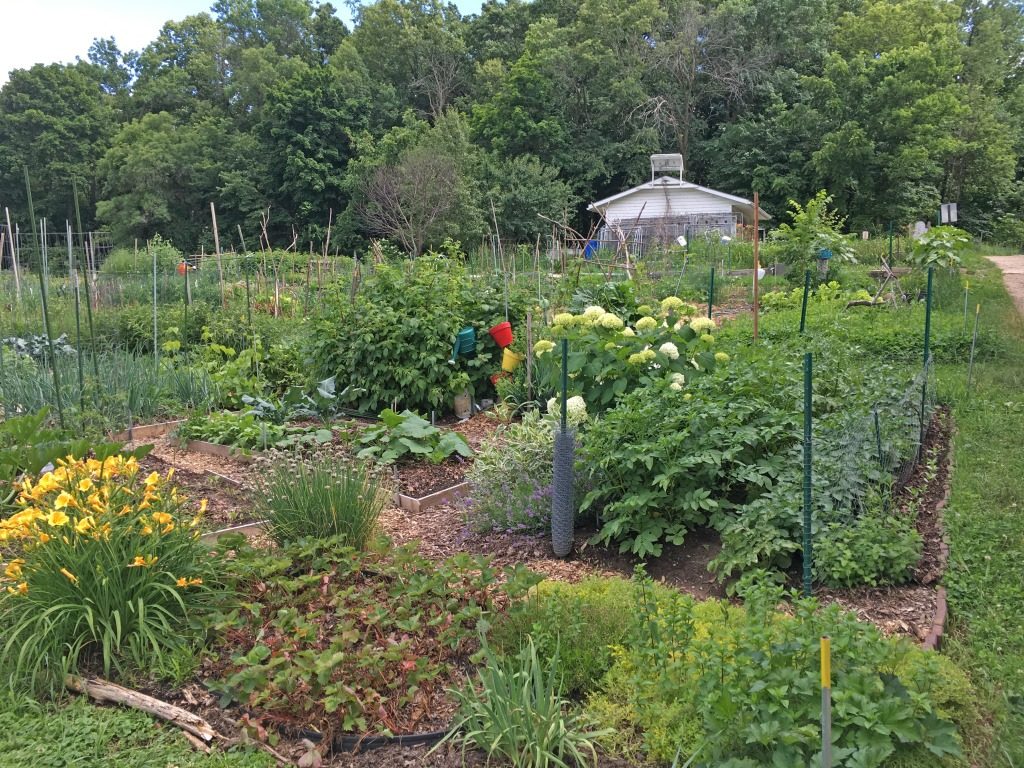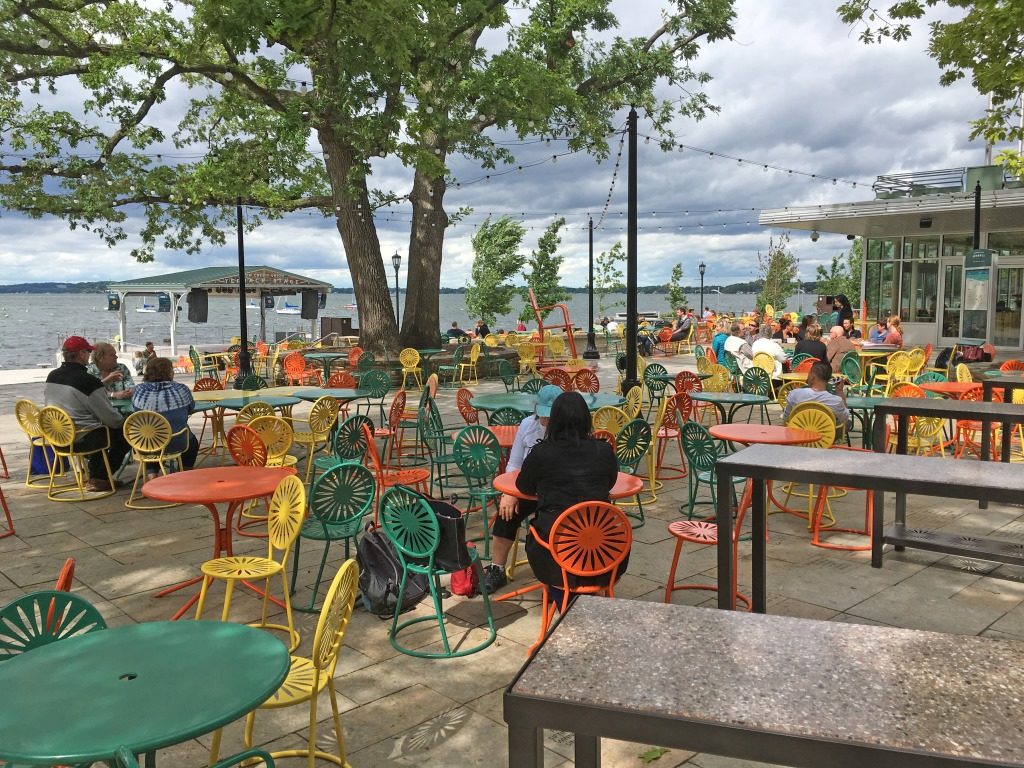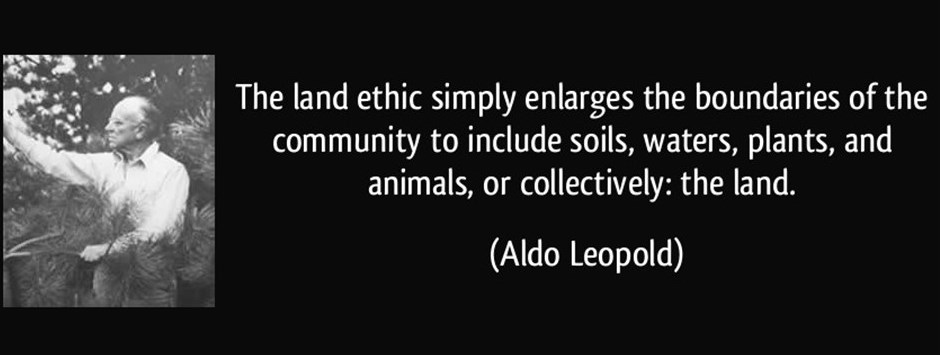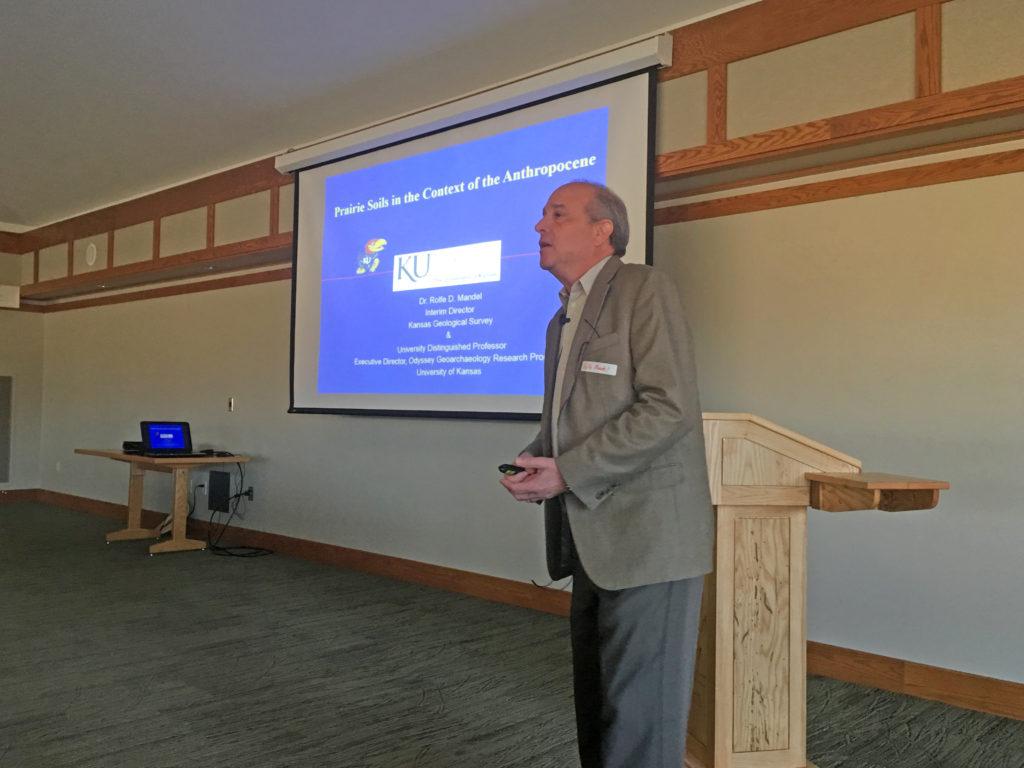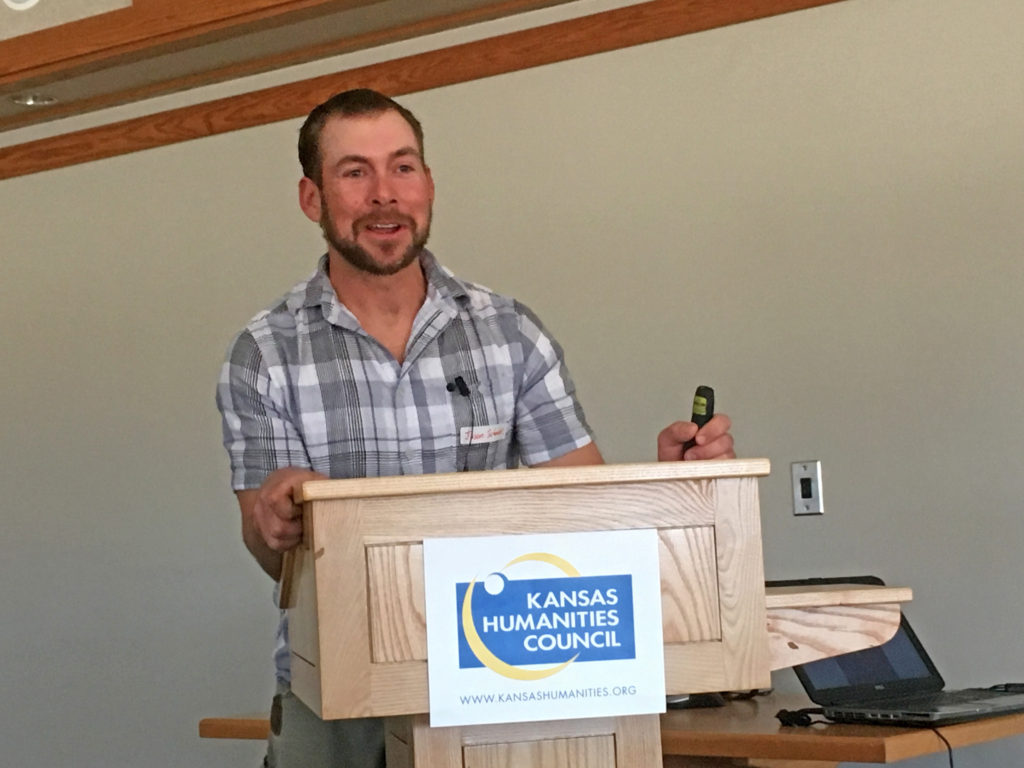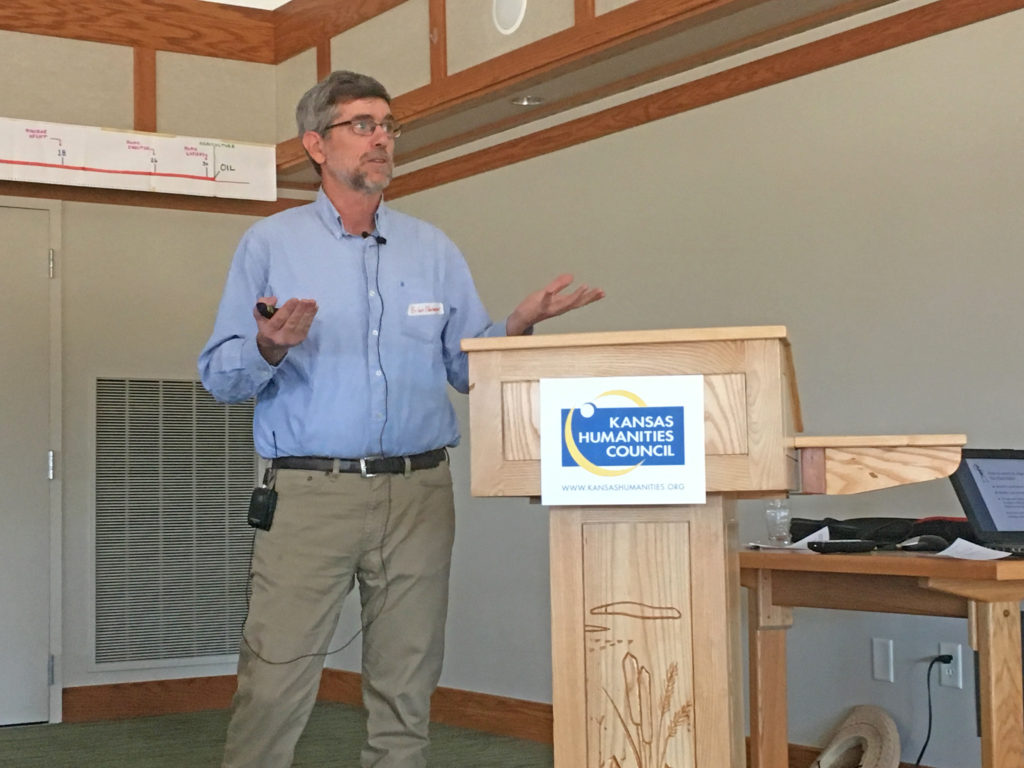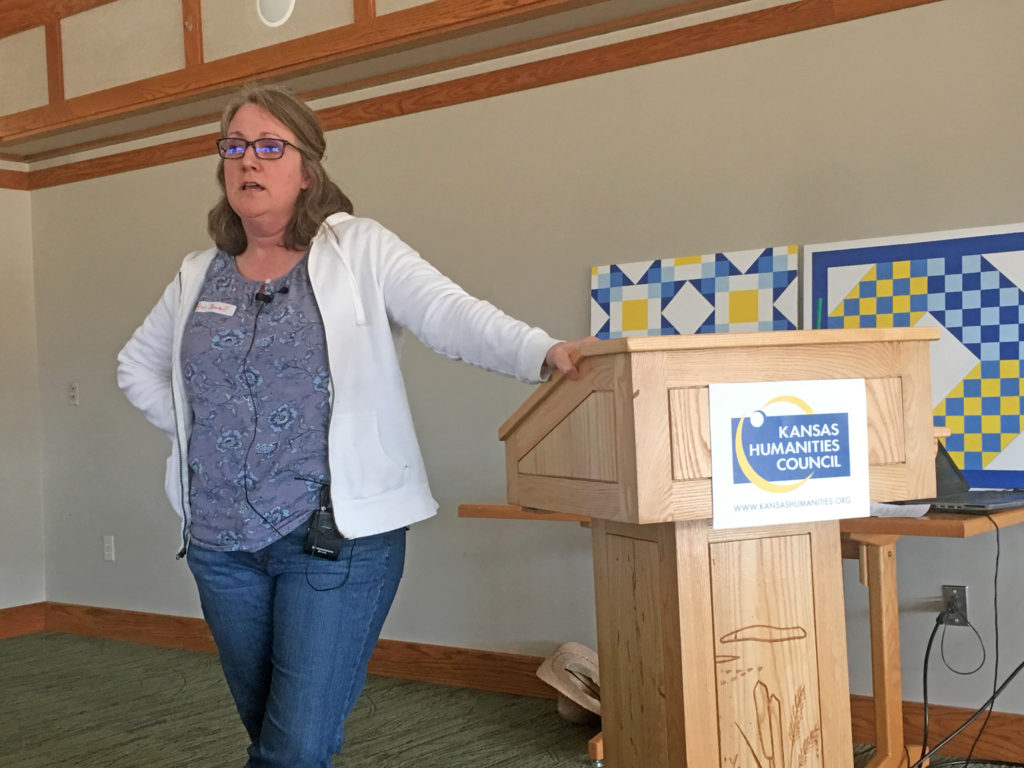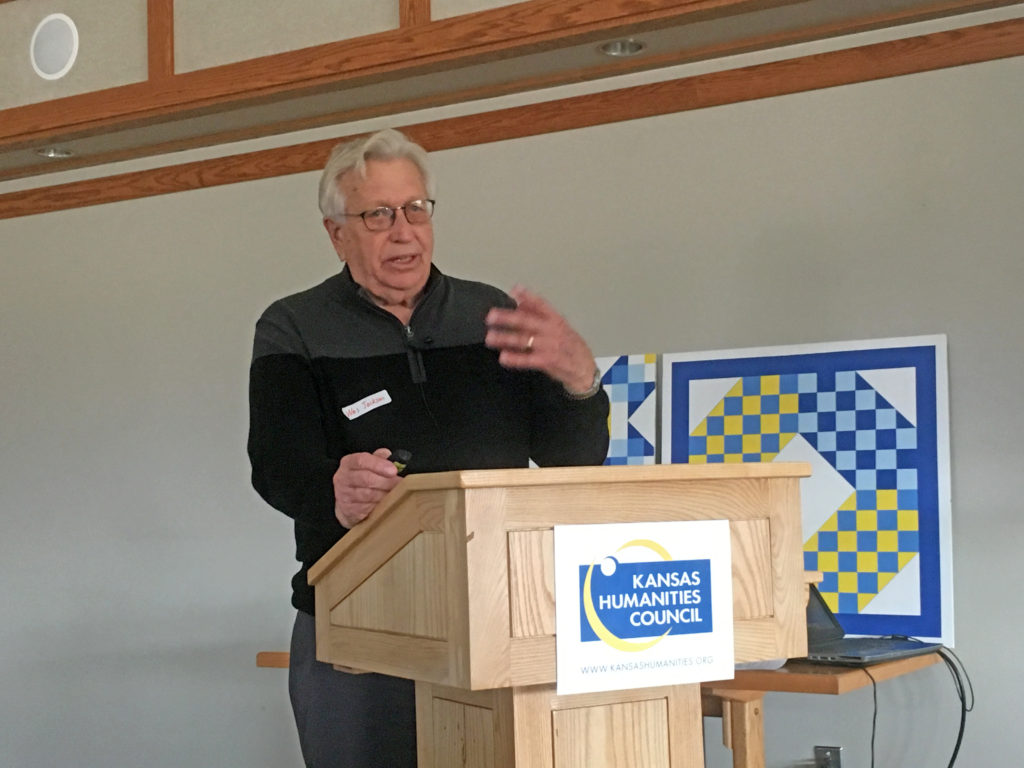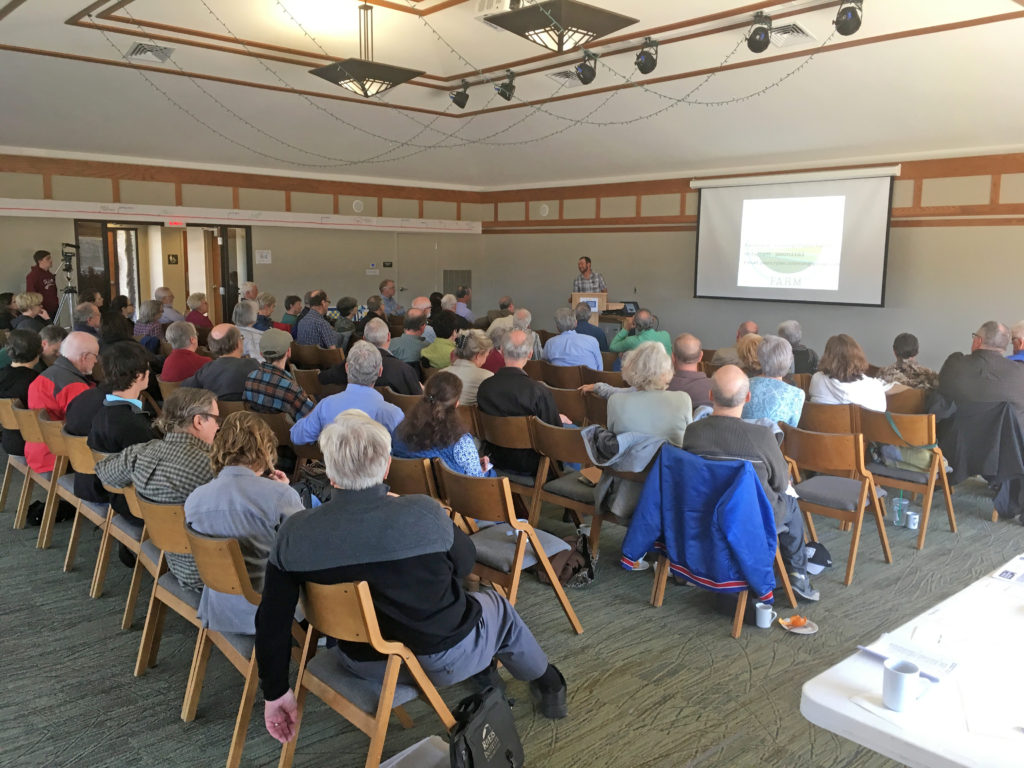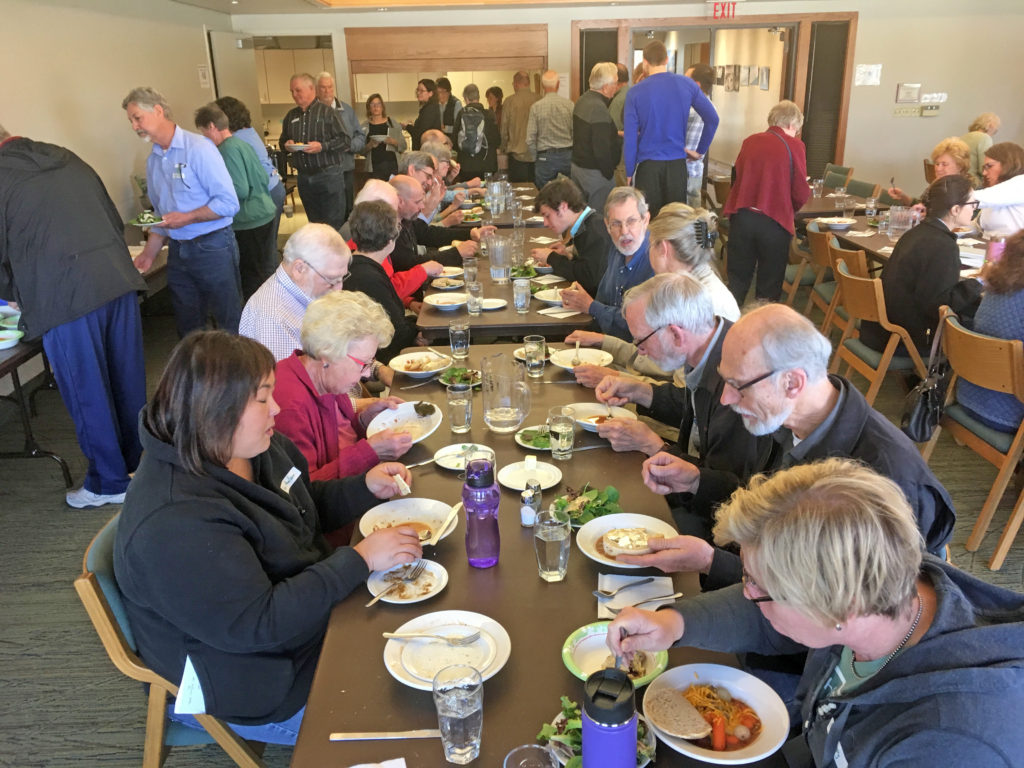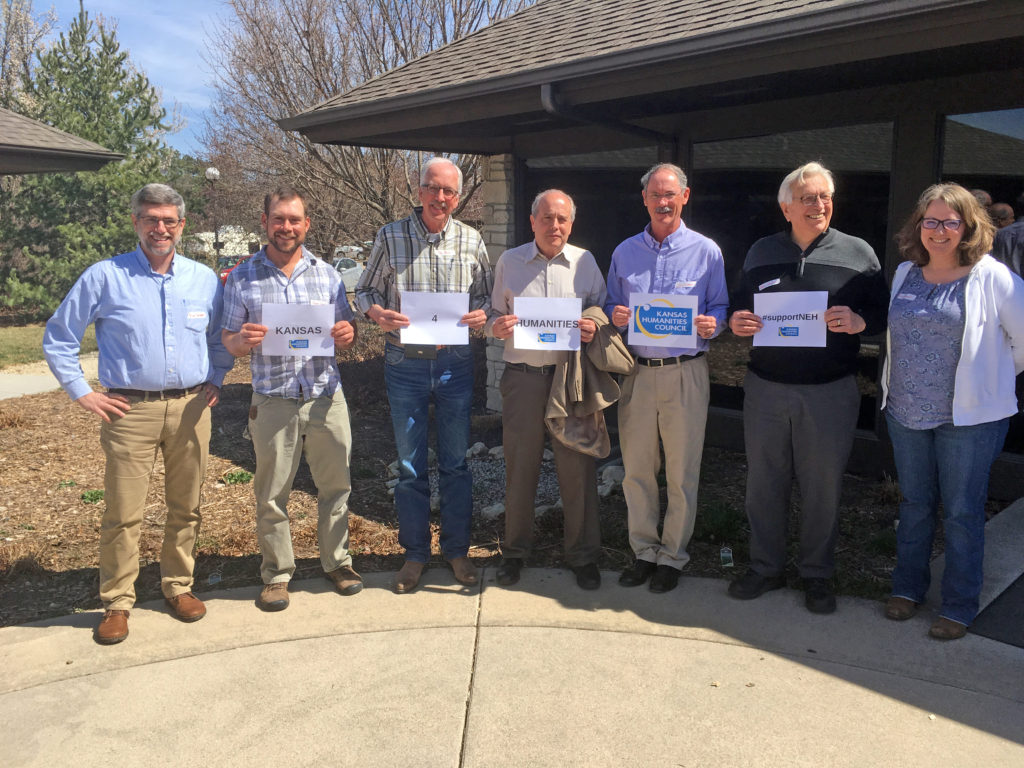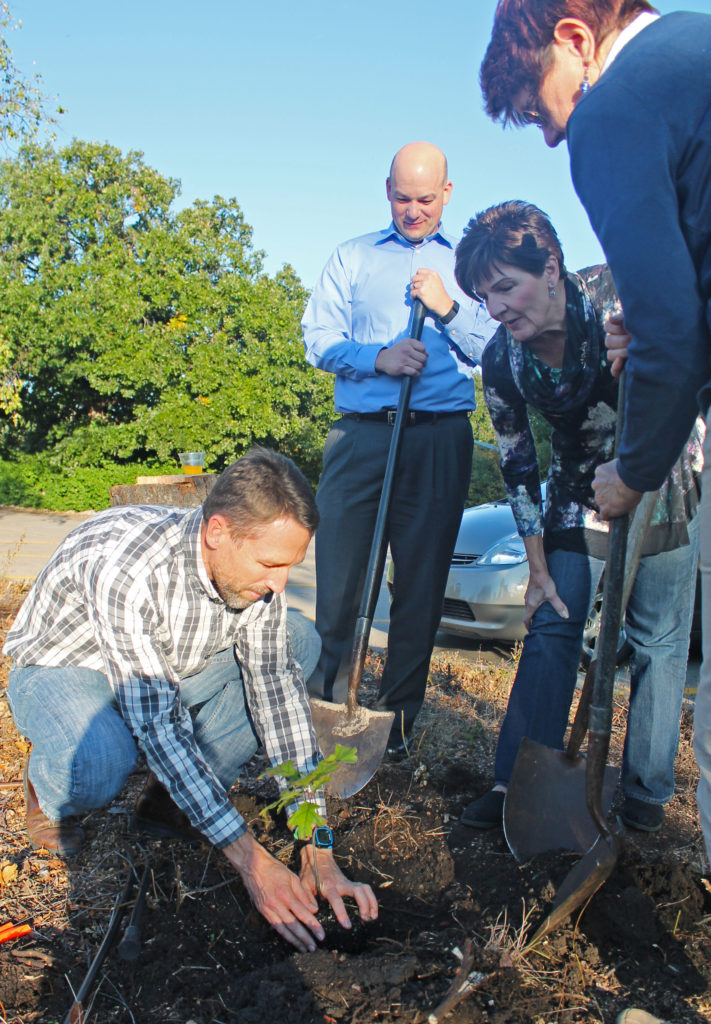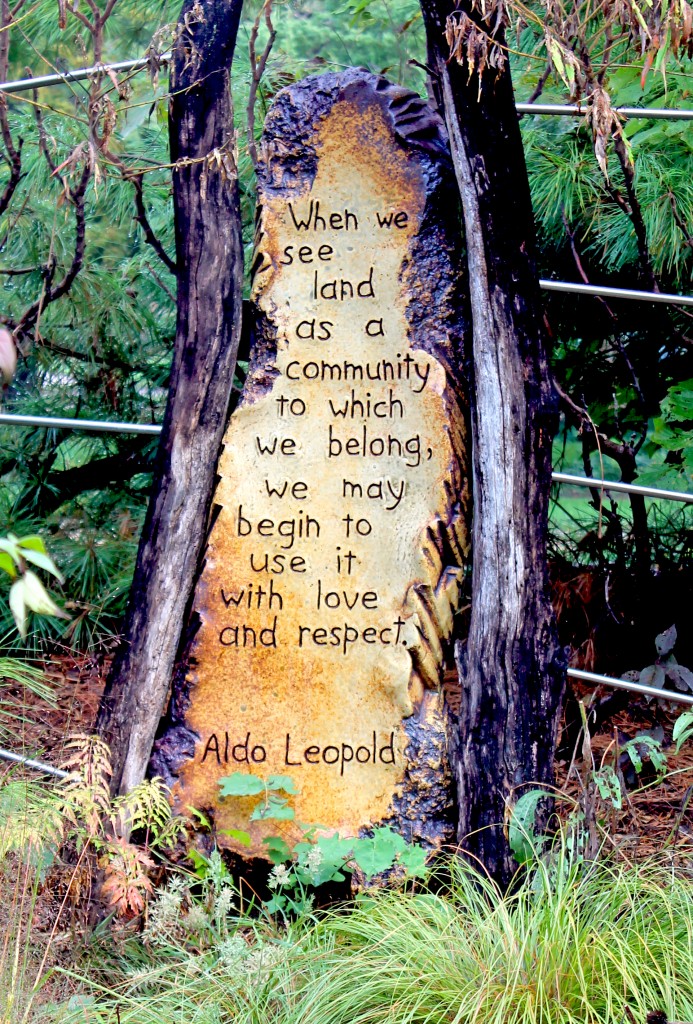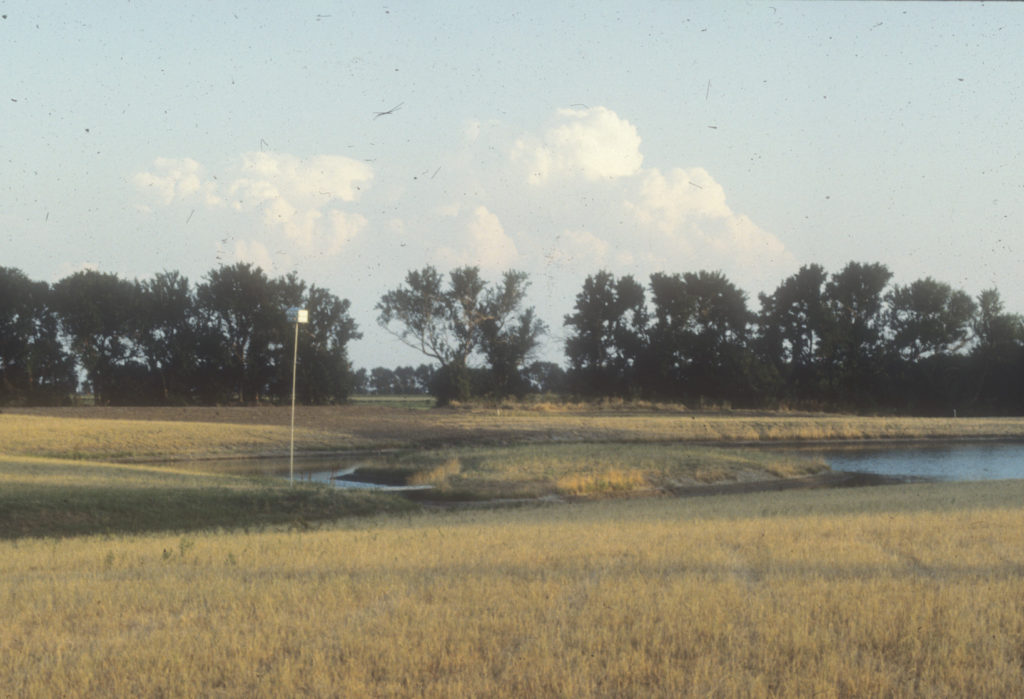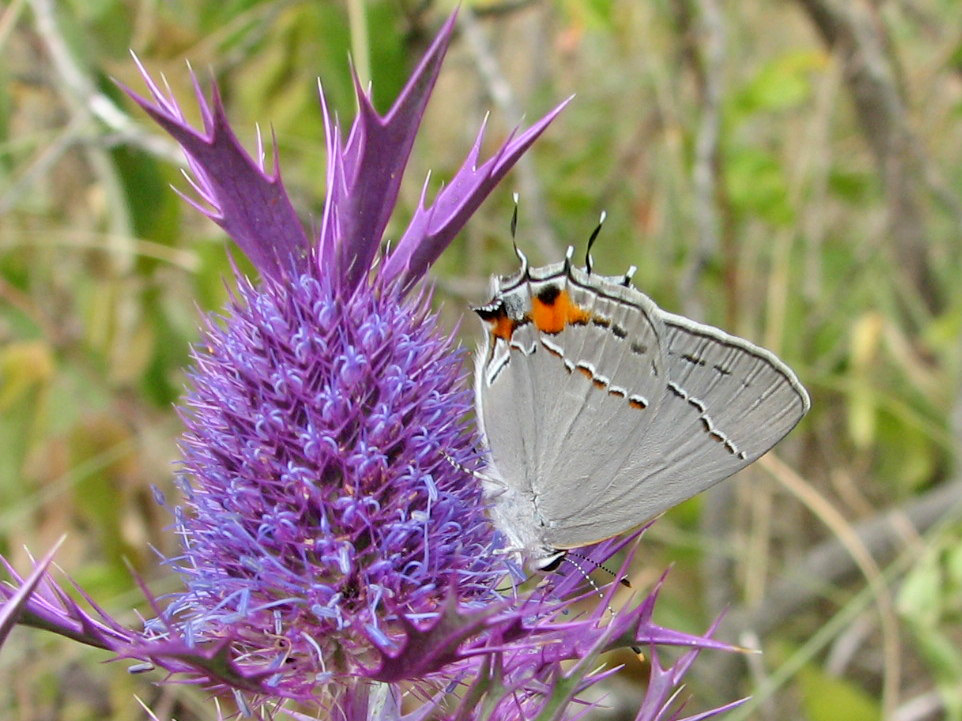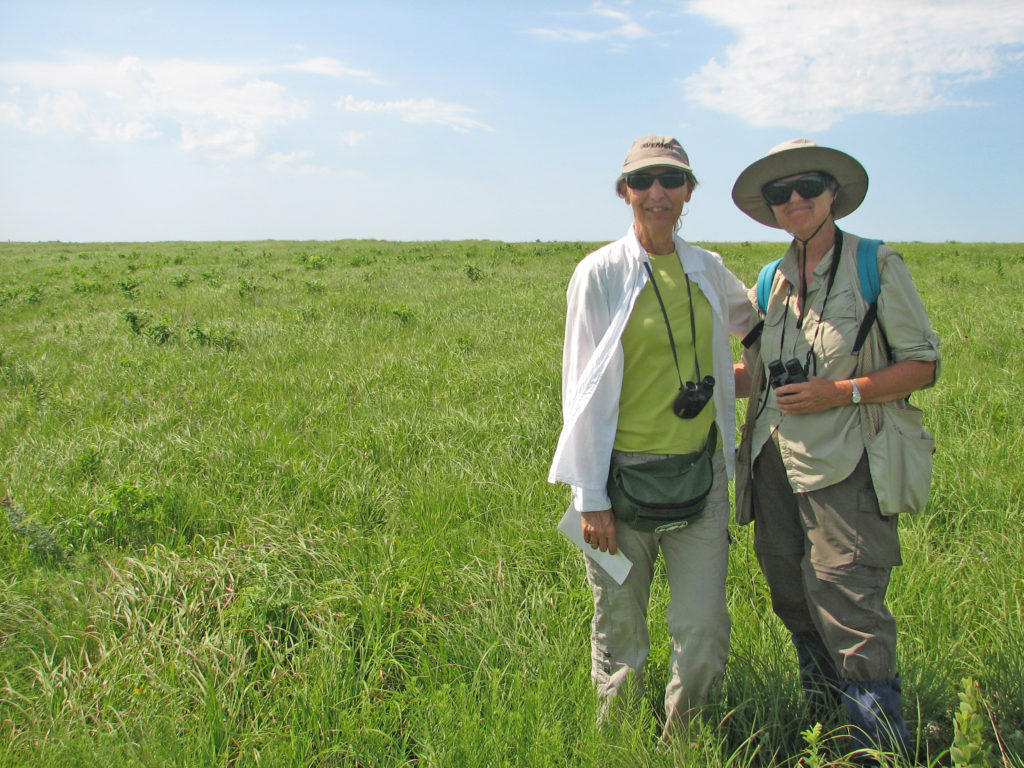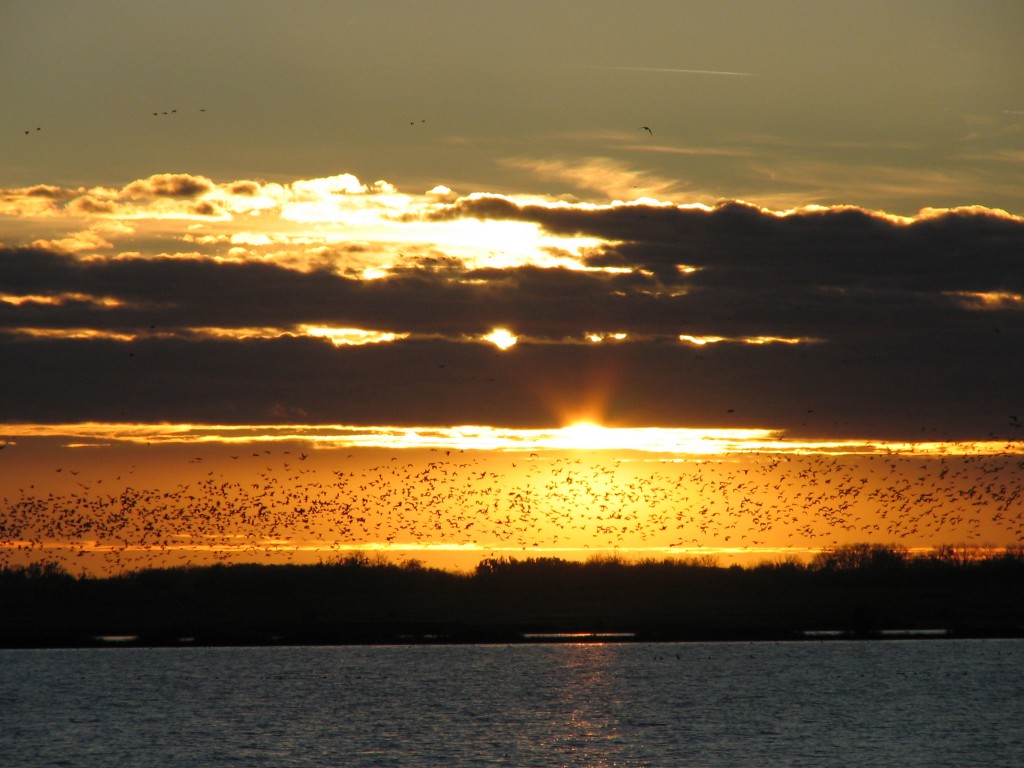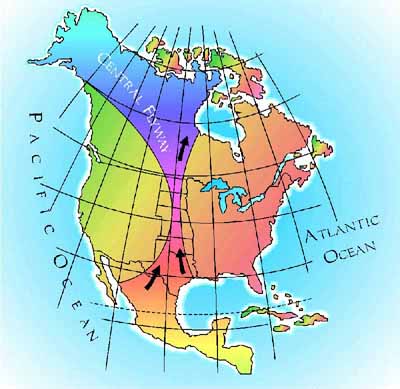The other day, I was reading an interesting article about modeling sustainability in our landscapes. This particular article focused on botanical gardens and their importance as models for sustainable practices and stewardship of the land. Obviously, it made me think about our own landscapes here at the Arboretum, how we manage and maintain them and how we can help encourage conservation and stewardship of our lands, waters and wildlife. It also made me keenly aware of my own feelings toward stewardship. How do I share my empathy for the land or my belief that the land is worth saving?
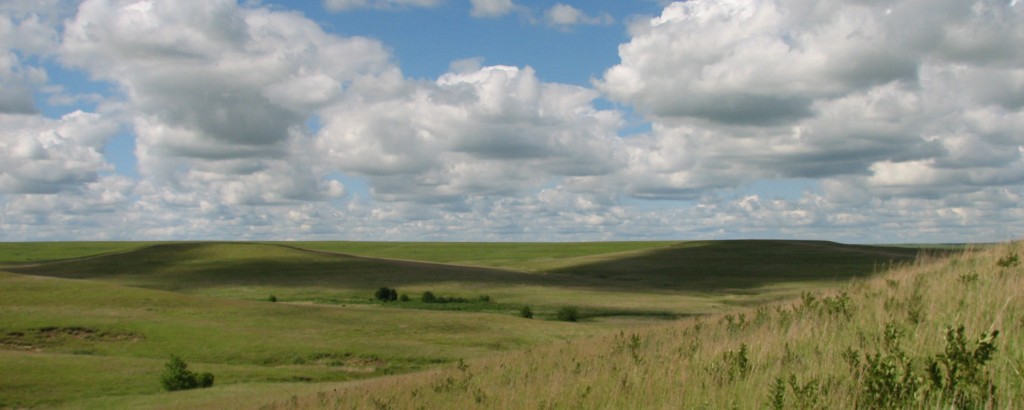
What’s your personal land ethic?
Certainly, a land ethic is a very personal thing. Stewardship is about a person’s relationship to the land. It’s about what you believe on the inside. What I am willing and able to do right now regarding stewardship of the land in my little corner of the world, is quite different from what my neighbor is able to do, or even what you, the reader, are able to do. We may feel driven to make drastic changes right now, but others may see those changes as excessive and unimportant in light of other issues they are currently dealing with.
I am reminded of a quote from Aldo Leopold from A Sand County Almanac:
“Examine each question in terms of what is ethically and aesthetically right, as well as what is economically expedient. A thing is right when it tends to preserve the integrity, stability, and beauty of the biotic community. It is wrong when it tends otherwise.”
Each of us has some sort of land ethic. Whether or not we can articulate it to someone else is another thing.
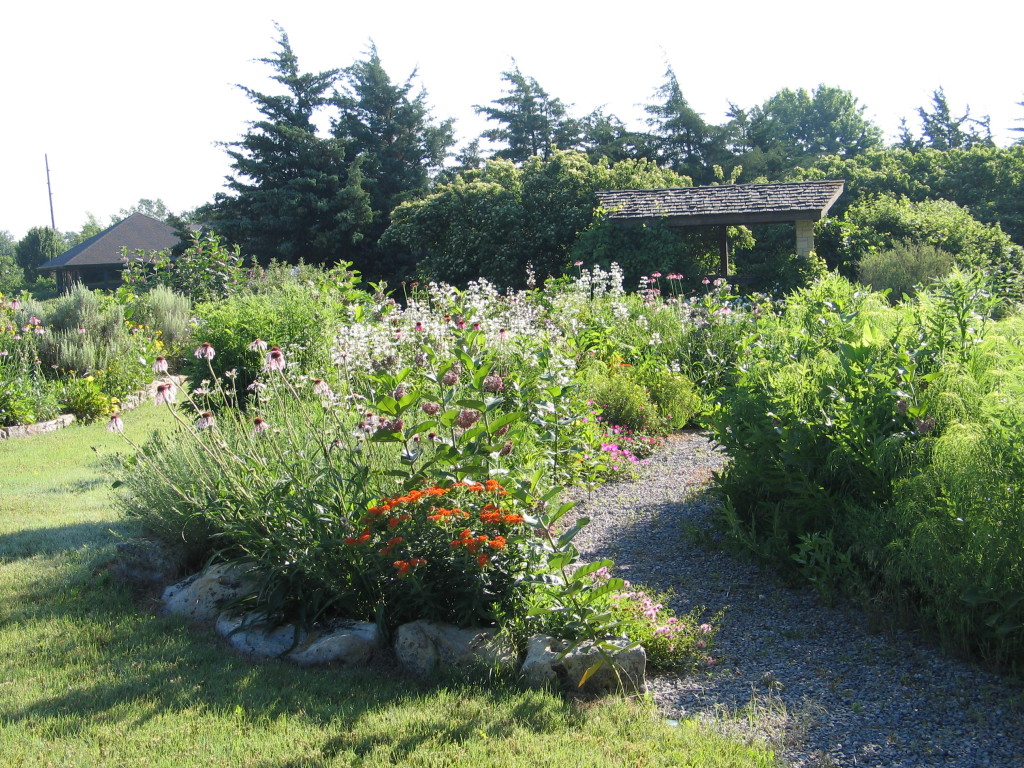
The stewardship spectrum
I like to think of stewardship on a horizontal plane. On the one end of the spectrum are those who hold a deep reverence for the land. They are compelled to actively incorporate practices into their lives, such as using native plants, harvesting rainwater, reducing/eliminating the use of pesticides and herbicides, mulching, creating habitat for wildlife, and other sustainable actions. They are caretakers of the land.
On the other end of the horizontal plane are the novices. These are the folks who want to do the right thing, but they don’t know how to get started. This end also includes someone with a pristine lawn and tidy flower beds. There is nothing wrong with this type of landscaping — remember that a land ethic is a very personal thing. This landscape reflects their beliefs about how a landscape should look.
Those of us who see the value and beauty of a native landscape have the opportunity to model a paradigm shift in landscape practices and show a different land ethic that can be beautiful in its own way.
Developing a connection to the land
So how do we move people along this horizontal plane from novice steward to sustainable steward of the land? Whether here at the Arboretum or in your own back yard, the more people who see and experience nature up close, and connect with the land, the more progress will be made.
This connection with the land is important. A deeper connection results in a deeper empathy for the world around us. Change starts at home in your own landscapes by modeling your convictions.
“Conservation can accomplish its objectives only when it springs from an impelling conviction on the part of private landowners.”
– Aldo Leopold, A Sand County Almanac
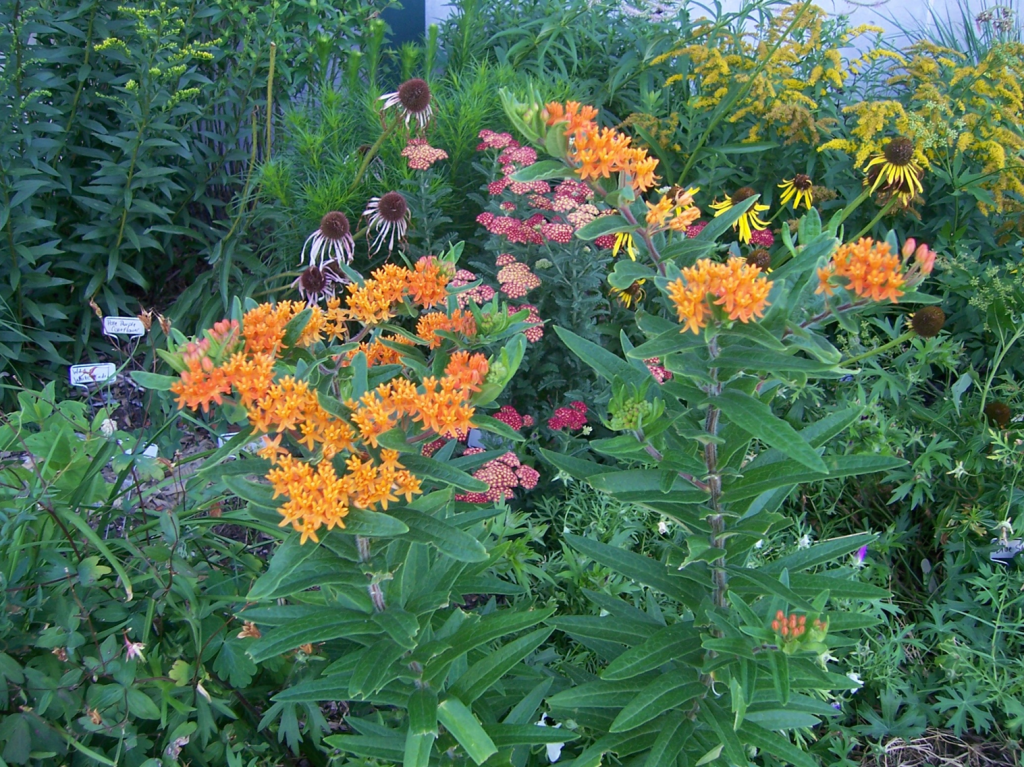
People will want to change when they see change is possible. If they see stewardship modeled for them, they will begin to embrace this change in their own feeling about the land. To care for the land, people must see that the land is worth saving.
Those of us who see that stewardship is possible need to: model it for others, share it with others, help others, and support others as they gain understanding and confidence on their own stewardship journey.
“ A land ethic, then, reflects the existence of an ecological conscience, and this in turn reflects a conviction of individual responsibility for the health of the land. Health is the capacity of the land for self-renewal. Conservation is our effort to understand and preserve this capacity.”
– Aldo Leopold, A Sand County Almanac

